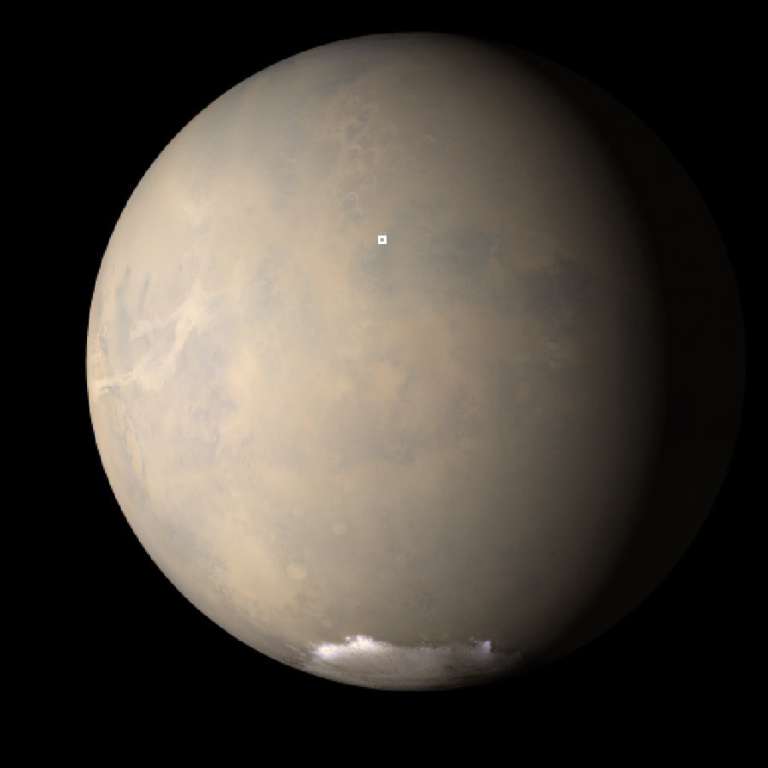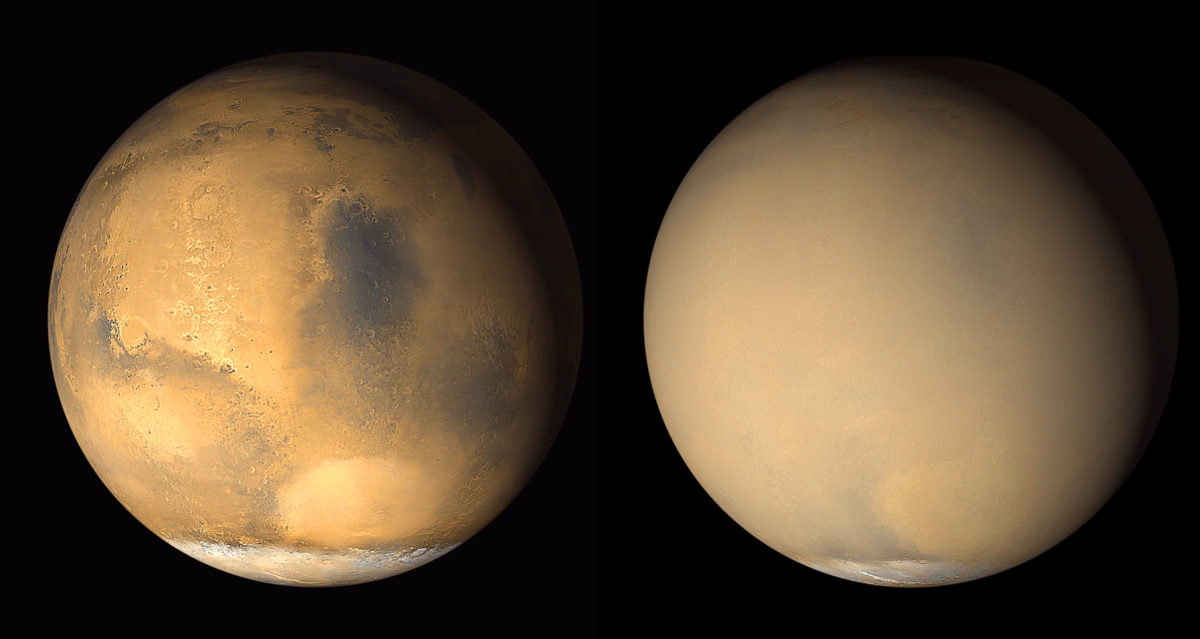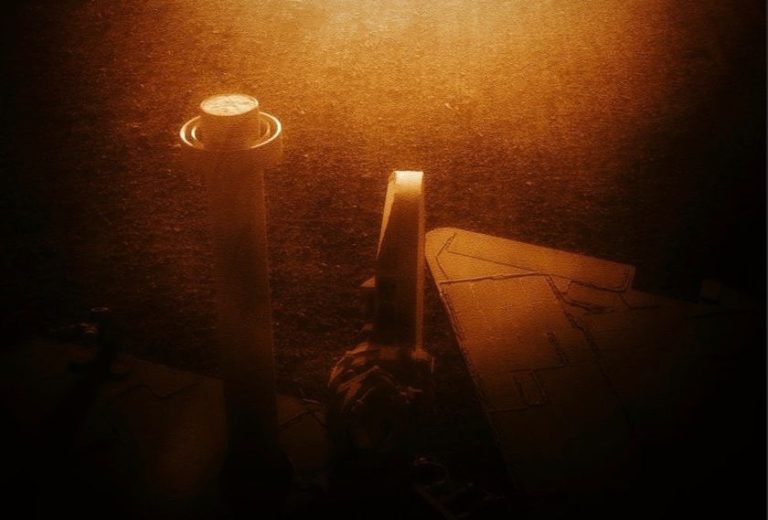Planetary Radio • Sep 12, 2018
Opportunity, Phone Home!
On This Episode

John Callas
Mars Exploration Rover Project Manager for NASA Jet Propulsion Laboratory

Bruce Betts
Chief Scientist / LightSail Program Manager for The Planetary Society

Mat Kaplan
Senior Communications Adviser and former Host of Planetary Radio for The Planetary Society
The dust is settling on the Red Planet. Is the remaining Mars Exploration Rover about to rise and shine after three months of slumber? MER Project Manager John Callas returns with a realistic yet hopeful assessment. He also tells us what Opportunity will be asked to do after we hear from her. Planetary Society Senior Editor Emily Lakdawalla returns with a preview of China’s next two missions to the Moon, one of which will make the first-ever farside landing. How close is the nearest black hole? We’ll get the answer as Bruce and Mat explore the night sky in this week’s What’s Up.



- The Mars Exploration Rovers Update: NASA Focuses on Recovering Opportunity as Storm Diminishes and Dust Settles
- The Mars Exploration Rovers
- MER Project Manager John Callas
- China's mission to the far side of the Moon
- Distant Suns (+VR)—iOS Astronomy App
This Week’s Prizes:
A svelte Planetary Radio t-shirt from the Planetary Society Chop Shop store, a 200-point iTelescope.net astronomy account, and a code for the free download of Distant Suns (+VR) (iOS devices only).
This week's question:
Time again to play Where in the Solar System? Where in the solar system is a crater named Math? (Sadly, unrelated to Mathew Kaplan.)
To submit your answer:
Complete the contest entry form at http://planetary.org/radiocontest or write to us at [email protected] no later than Wednesday, September 19th at 8am Pacific Time. Be sure to include your name and mailing address.
Last week's question:
What is the diameter of the Voyager 1 and 2 high-gain antennas?
Answer:
The answer will be revealed next week.
Question from the August 29 space trivia contest:
What is the closest black hole to Earth that we know of?
Answer:
At about 3,000 light years from Earth, the nearest black hole is A0620-00, known to its friends as V616 Monocerotis.


 Explore Worlds
Explore Worlds Find Life
Find Life Defend Earth
Defend Earth



